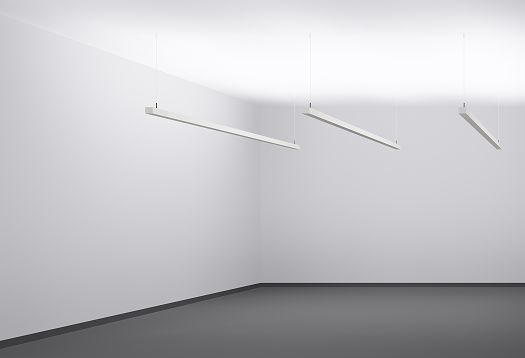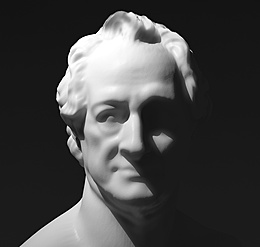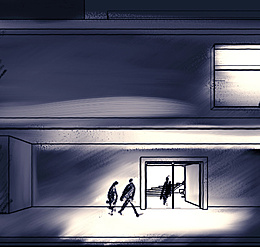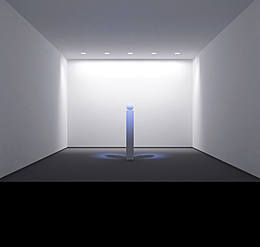
Indirect lighting is a type of lighting in which light is directed to the target surface due to reflection via another surface. If, for example, the light from a luminaire is directed towards the ceiling or walls and then reflected from there into the room, this is called indirect lighting. The relevant category of luminaires is called ceiling washlights or wallwashers. Because ceilings and walls usually have a matt surface, indirect lighting generates diffuse, uniformly scattered light that does not create harsh shadows. Indirect lighting is often used in combination with direct lighting to create a balanced mix of diffuse and directional light.









